Studies in Panjab Sculpture
Synopsis
Studies in Punjab sculpture is the first scholarly attempt by the author which embodies the investigation into the origin of religious sculpture in the medieval Punjab which has not been done so far. Punjab has been known as the sword arm of India from the ancient times. Hence, it has witnessed many historical, cultural and religious visicitudes all through the ages. This volume envisages to highlight the art of sculpture which flourished in the medieval Punjab which was governed by several dynasties of eras gone by. Although much has been written by the past historians about the political history of Punjab but nothing has been recorded about the prevalence of plastic arts of Punjab. Hence, the present endeavour by the author brings to the limelight exuberance of art of sculpture in medieval Punjab. A most significant feature of this study is that it has succeeded in tracing the origin of art of sculpture belonging to Buddhist, Jain, Hindu, religious denominations which prevailed in those times. This also successfully demonstrates the existence of different religious faith in this region. The followers constructed the temples which were consequently decorated with idols or sculptures representing different gods and goddesses. There appears to be definitive evidence according to the results of study that these religious faith of the masses, as also of the rulers, passed according to the atmosphere of the time. Although most of the temples have been destroyed and sculptures broken by the foreign invaders, hence, only surviving remanants which have been excavated at Sanghoel, Dhol-Baha, present to us picture of our glorious past. Only the temples and sculptures in neighbouring hills could not be razed by invaders as they could not reach there. It is clear that art objects on the trade route were the main target of their evil designs. This study has also brought to light that medieval foreign travellers, like Fa-hesian, Yuwan chawang, Hieun Tsang (6th and 7th century AD) and Al-Beruni (12th Century AD) found these temples and monasteries which were the places of worship in Dholbaha (near Hoshiarpur) and Sanghol (near Ludhiana) and Pinjore (on Chandigarh Shimla road). This study also reflects the confluence of various styles of sculpture then prevalent in Kushan, Mathura, Gupta and Gurjarpratihara etc. Dynastic art style dominated everywhere, Main concern of the artist was as it is evident from the excellent execution of the perfect form of the diety concerned. Main stress has been on two types of figurative models, viz., images of various deities reflecting grace and sumptuous contours of women folk. The sculptor appears to be concerned with creation of form of the body parts. Ornamentation and to the beauty of the whole human body. Secondly, the main salient feature of the period was the development of Indian temple architectural style which is unparallel in the entire era of art history. All types of deities, it may be noted was executed according to the canons of Shipshastra. This study further confirms prevalence of Saivism, Vaishnavaism, Buddhism and Jainism flourished side by side from seventh to thirteenth century A.D. This also depicts and sheds valuable light on the art, architecture and religious trends in the region. It is an assessment of the glorious past of Punjab sculpture to view it in the proper perspective through Indian cultural point of view.
Read more
50.40
45.36
$
56.00 $
Free delivery Wolrdwidе in 10-18 days
Ships in 1-2 days from New Delhi
Membership for 1 Year $35.00
Get it now and save 10%
Get it now and save 10%
BECOME A MEMBER
Books by the same authors

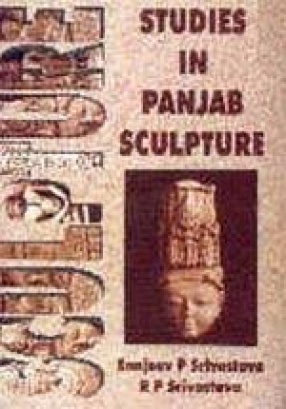
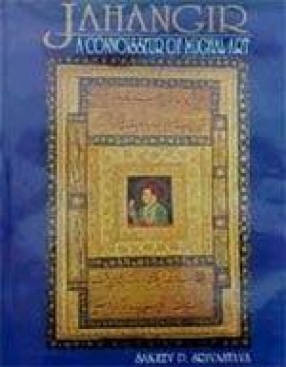
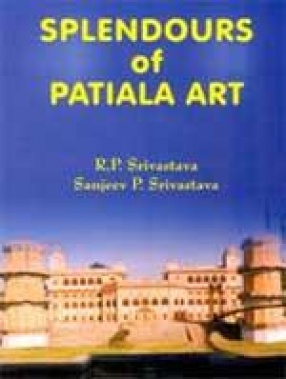
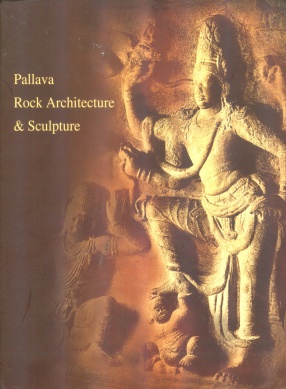
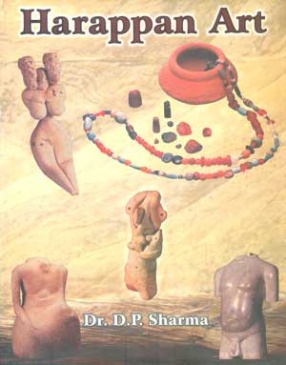
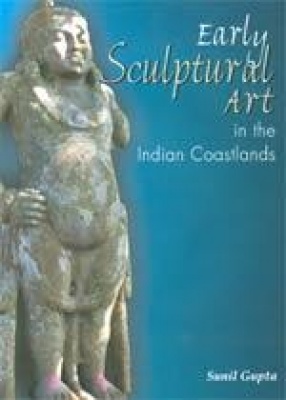
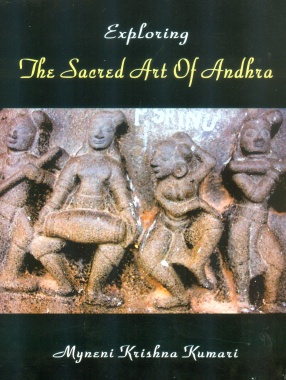

Bibliographic information
Sanjeev P. Srivastava